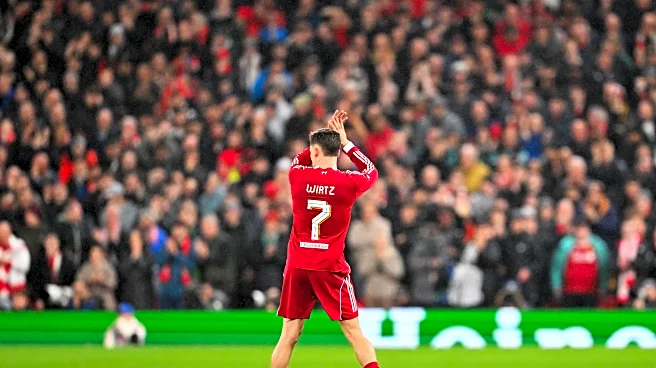What's Happening?
The arrival of a new football manager often leads to a short-term increase in player injuries, according to experts. Physiotherapist Ben Warburton notes that players may push themselves harder to impress
the new coach, potentially leading to injuries. Changes in training focus, such as increased gym work, can also contribute to injury risks if players are not accustomed to such routines. Ben Dinnery, founder of Premier Injuries, highlights factors like player fatigue and the psychological impact of trying to make a mark under new management as contributors to injury spikes. Historical examples, such as Jurgen Klopp's early tenure at Liverpool, illustrate the phenomenon, with his high-intensity approach resulting in numerous injuries.
Why It's Important?
Understanding the link between managerial changes and player injuries is crucial for football clubs aiming to maintain a healthy squad. Injuries can significantly impact team performance and player careers, making it essential for clubs to manage transitions carefully. By recognizing the risks associated with new management, clubs can implement strategies to mitigate injury rates, such as maintaining consistent training loads and closely monitoring player health. This knowledge can help clubs optimize player performance and reduce the financial and competitive costs associated with injuries.
What's Next?
Football clubs may need to adopt more cautious approaches when integrating new managers, focusing on gradual changes to training regimens. Enhanced communication between medical staff and players can help identify and address potential injury risks early. Clubs might also invest in technology to track player health and performance metrics, ensuring that training loads are appropriate. As awareness of this issue grows, clubs could develop standardized protocols for managing transitions to minimize injury rates and maintain competitive performance.












